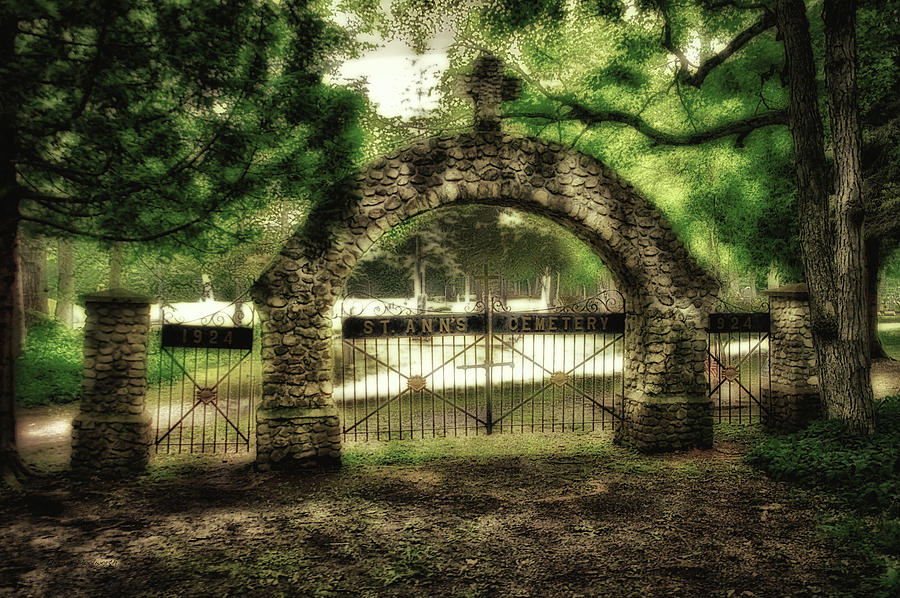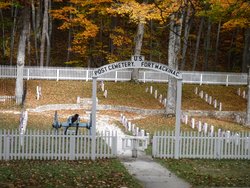

With the close of Fort Mackinac in 1895, military operations on the island came to a halt, and the federal government ceded the park to the state of Michigan. It was the second national park established in the United States, after Yellowstone National Park. In 1875, in response to the increasing popularity of Mackinac Island as a tourist destination, the federal government established Mackinac Island National Park. The earliest interments are located on the north and west sides of the post cemetery, which was enlarged between 18. The military occupation of Fort Mackinac throughout the 18th century suggests there was an earlier post cemetery, yet the location of pre-1820’s burials remains elusive. The earliest interments in the post cemetery likely date to the mid-1820's. British forces recaptured the fort at the outbreak of the War of 1812, only to relinquish control to the Americans again at the cessation of the war.įort Mackinac Post Cemetery is located approximately a half mile north of Fort Mackinac, near Skull Cave, a burial site for American Indians.

The British fortified the island toward the end of the Revolutionary War, yielding it to the United States in 1796. The French first occupied Mackinac Island in the 17th century, surrendering it to the British after the French and Indian War.

Control of the island changed hands numerous times leading up to and after the establishment of the American republic. Located in the Straights of Mackinac, which connect Lake Michigan and Lake Huron, Mackinac Island played a significant role in early American history due to its strategic location.


 0 kommentar(er)
0 kommentar(er)
